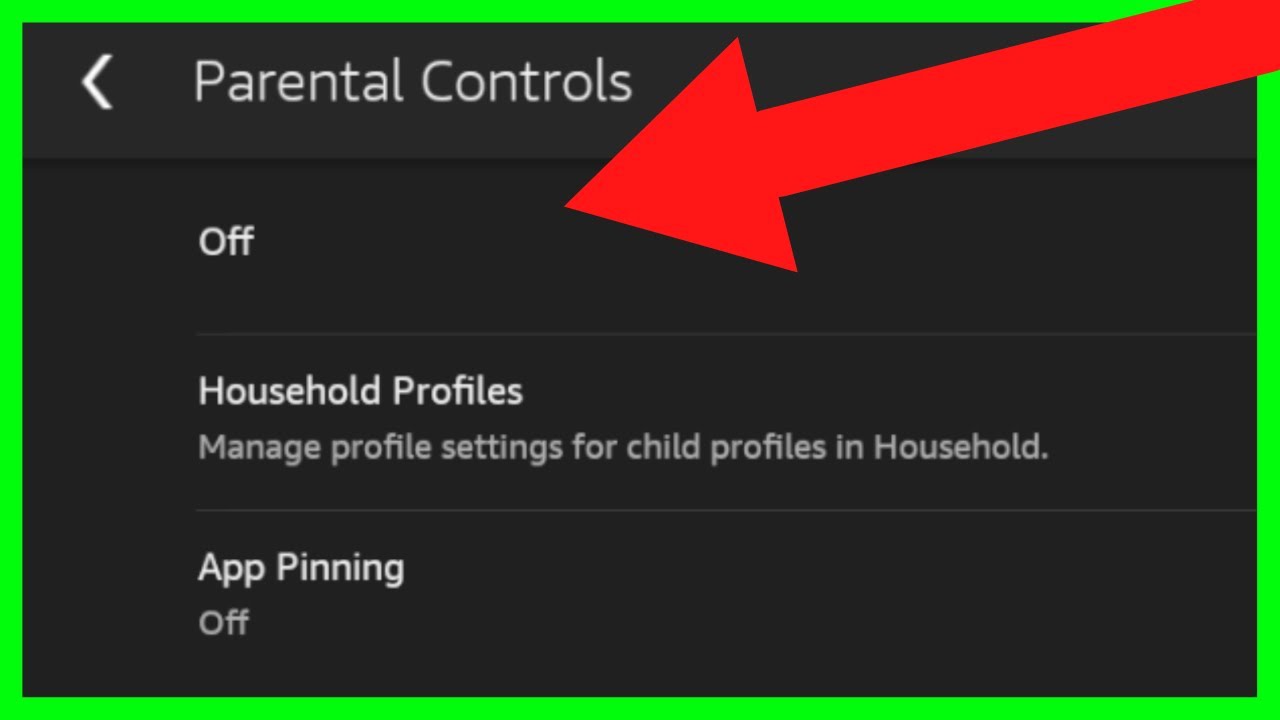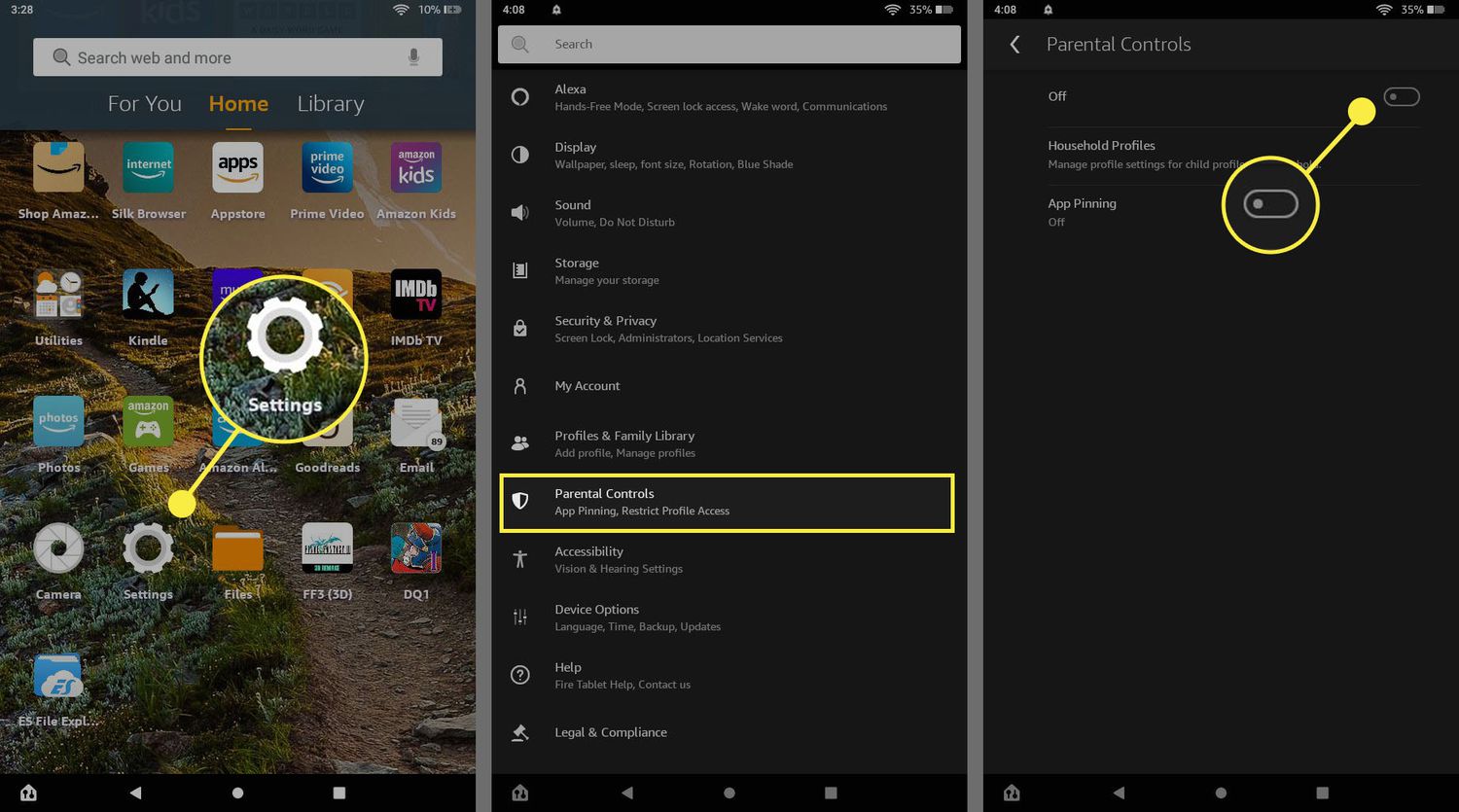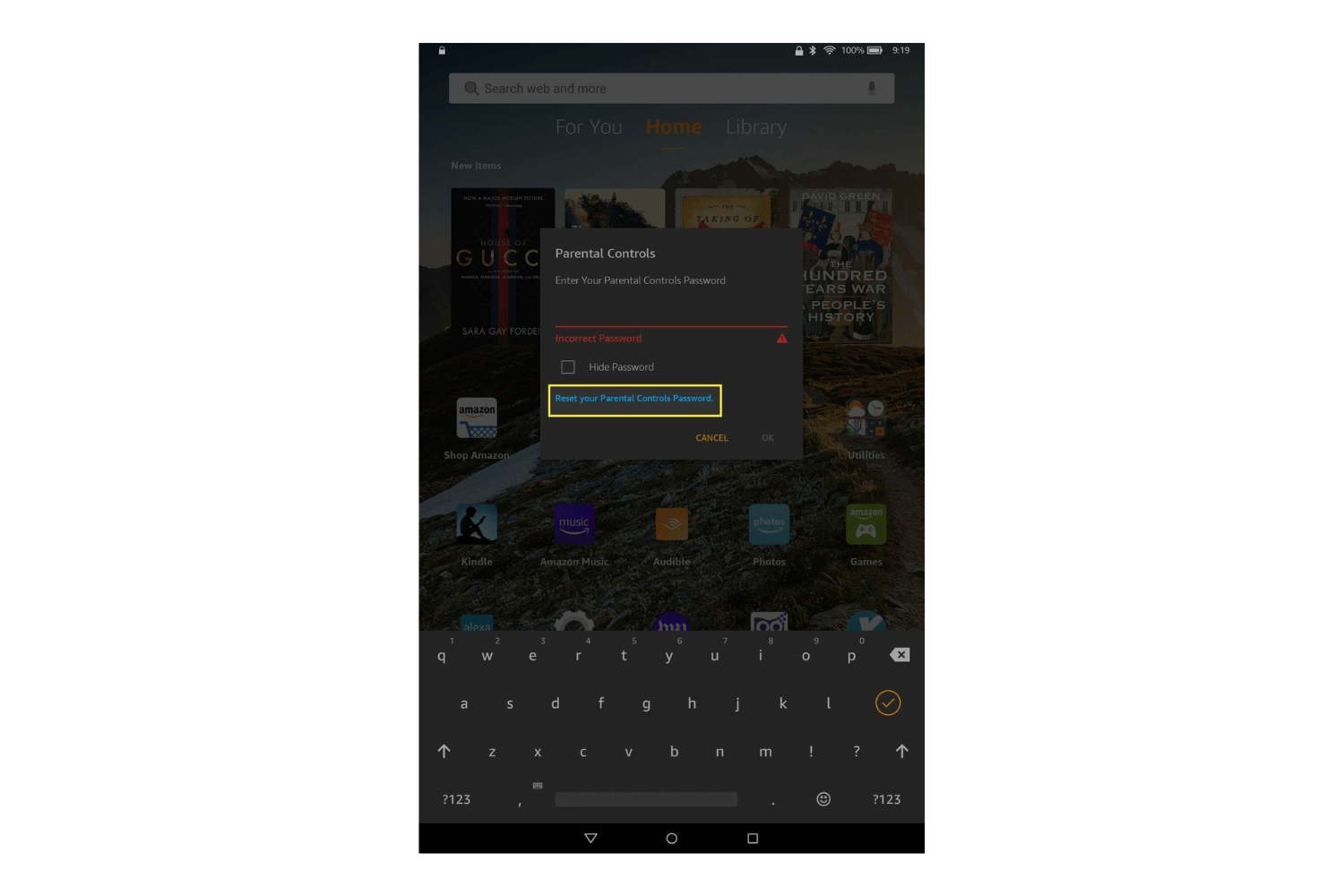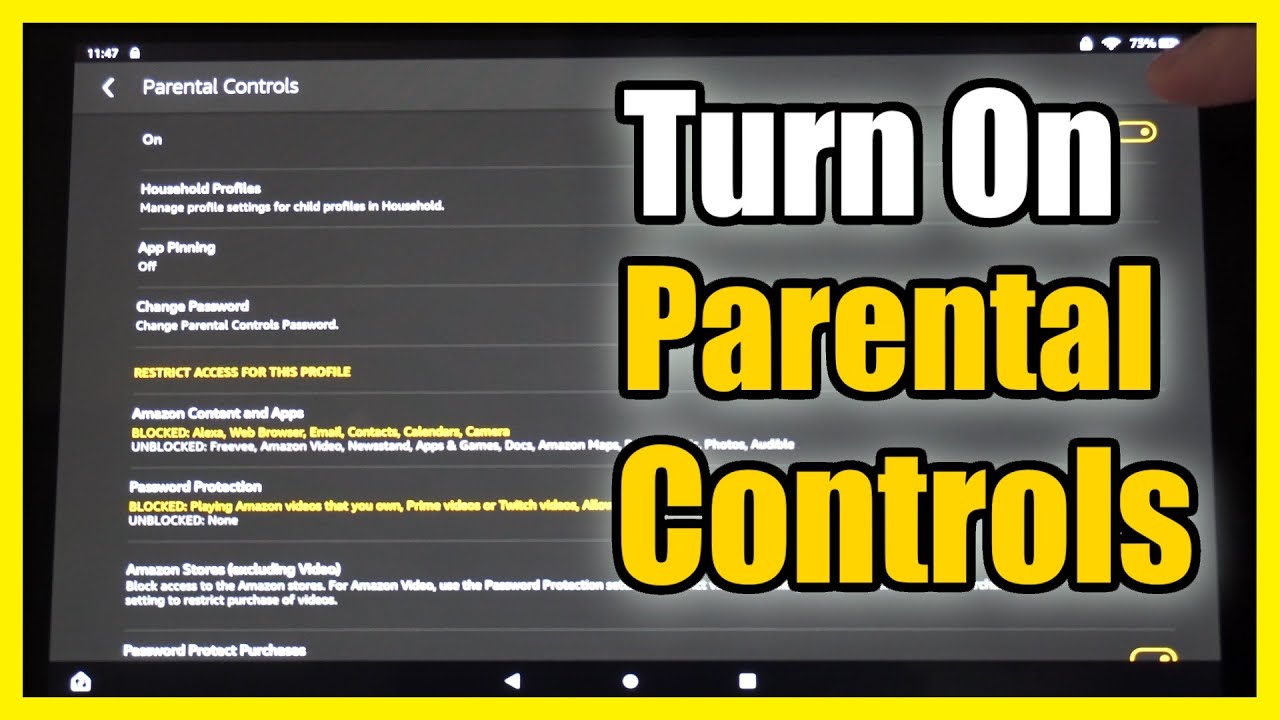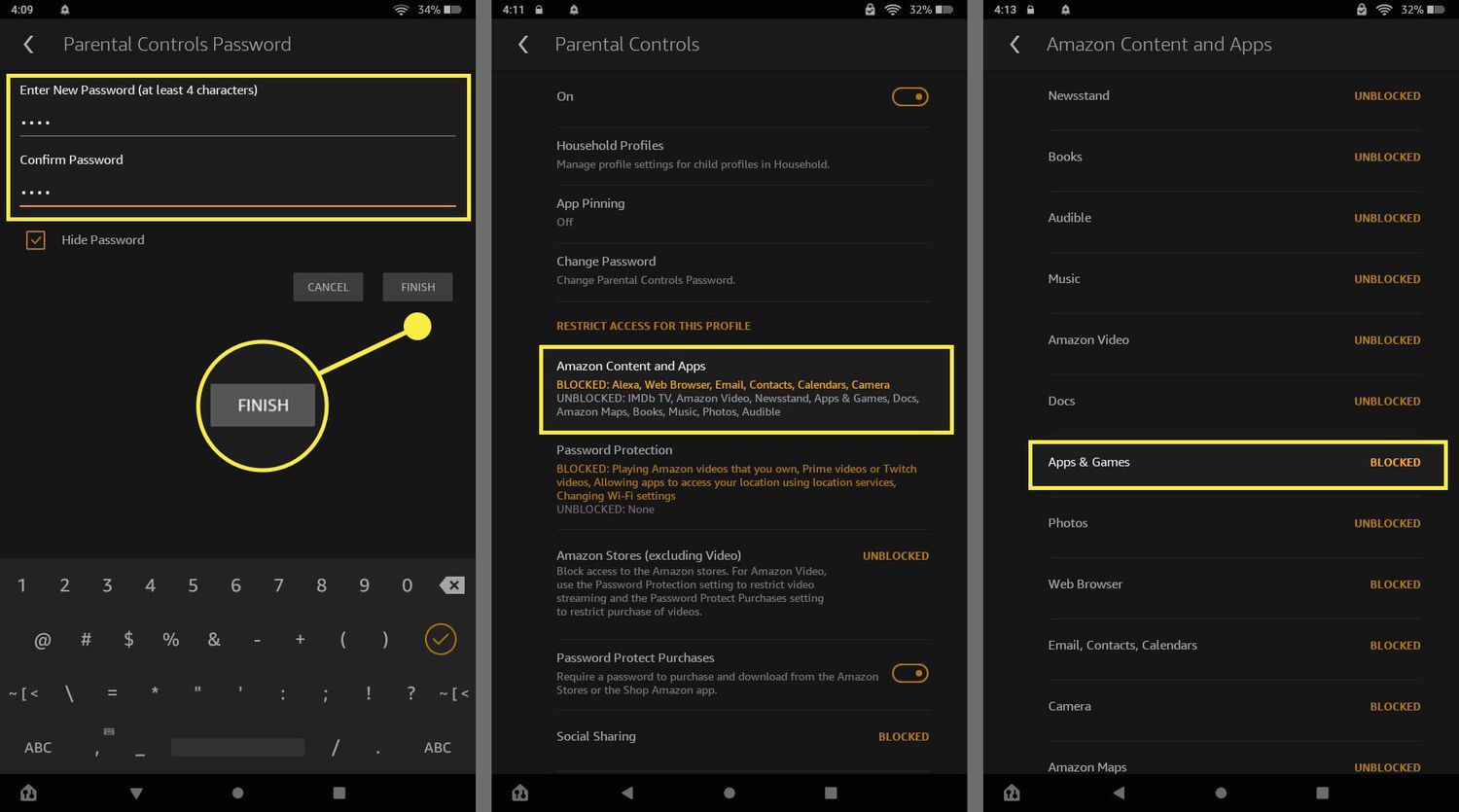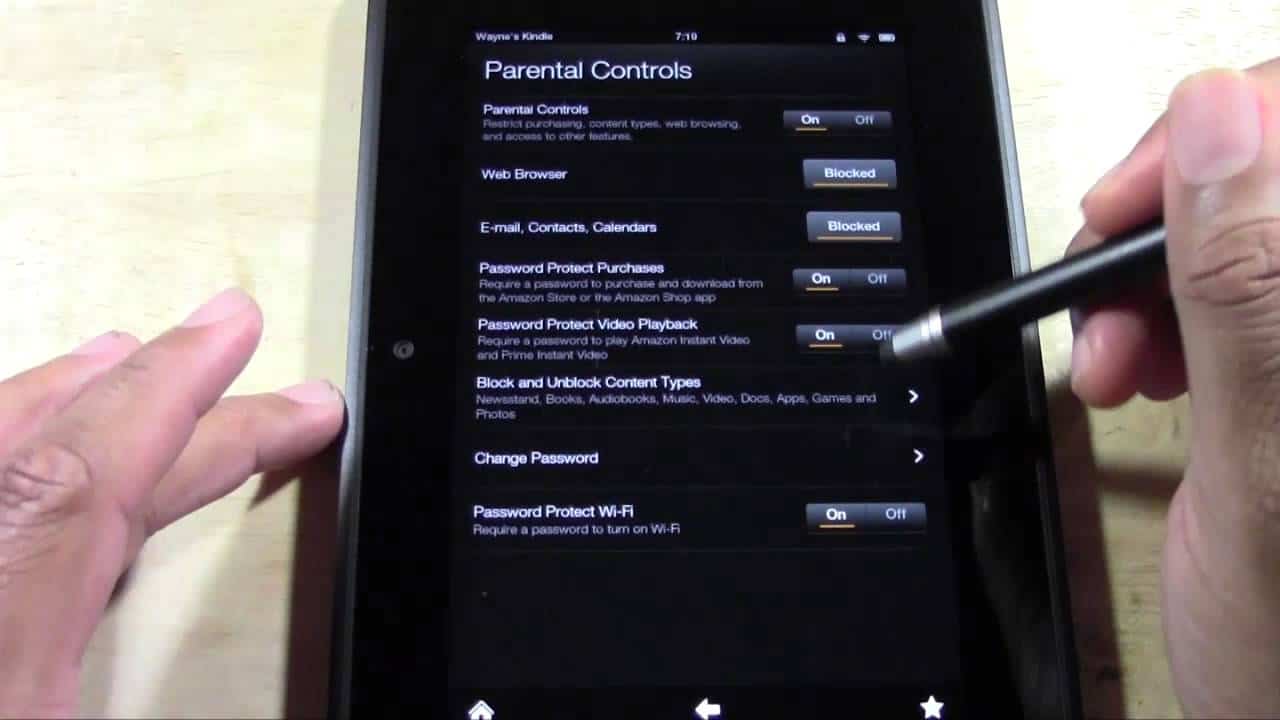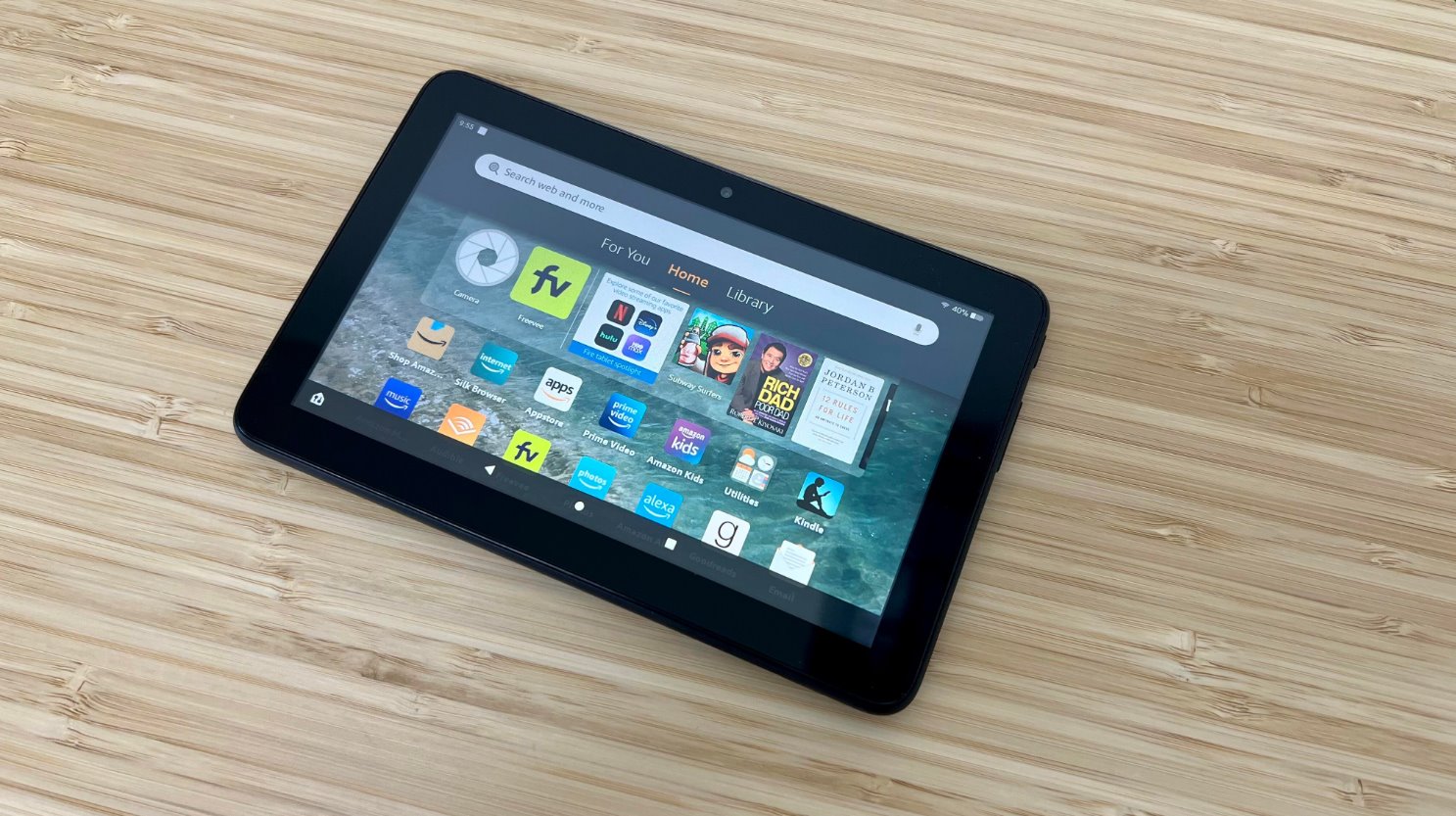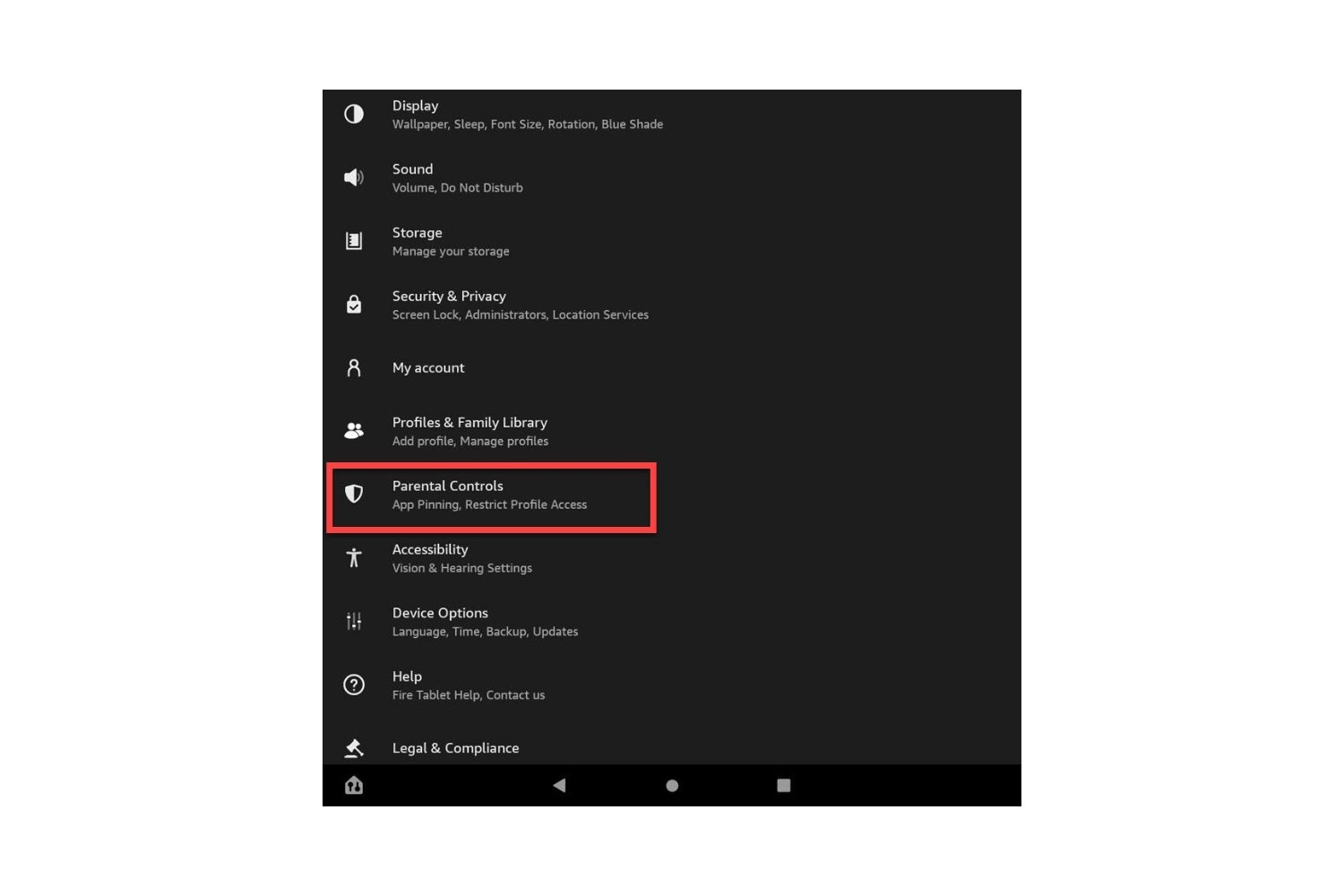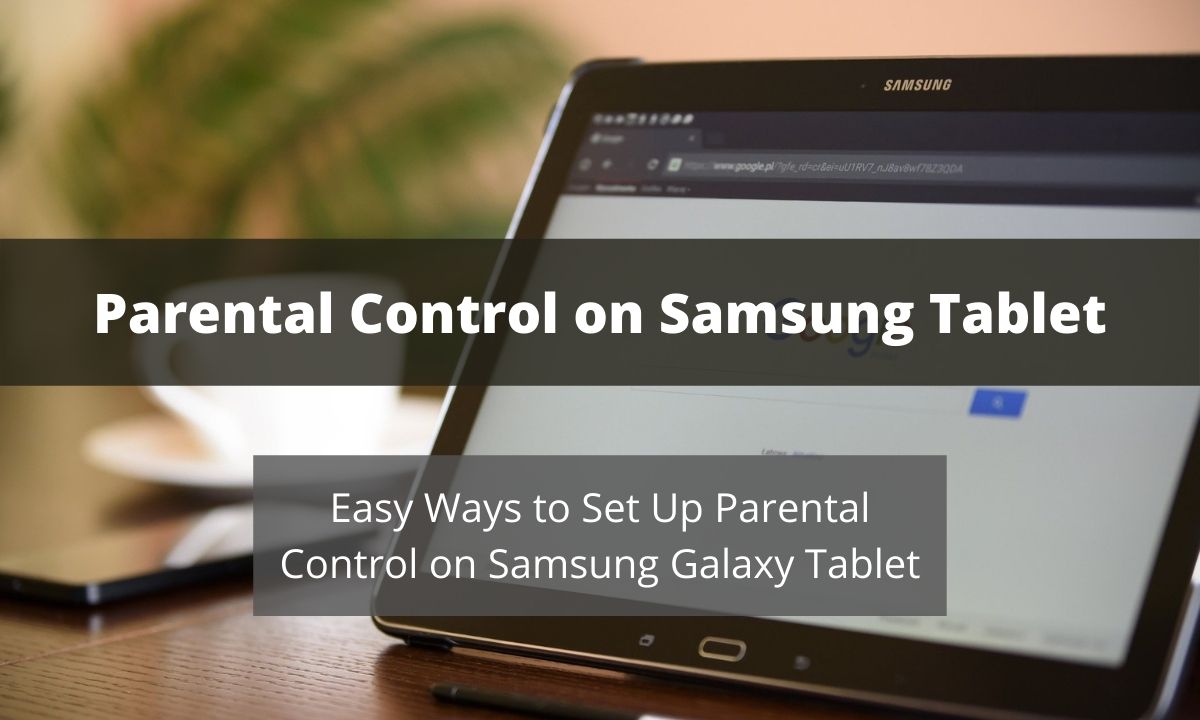Introduction
Parental controls are essential when it comes to managing the content and access that children have on their tablets. With the growing prevalence of digital devices in today’s society, it’s crucial for parents to have the tools necessary to ensure safe and appropriate usage for their young ones.
Fortunately, most tablets offer built-in parental control features that allow you to customize settings and enforce restrictions tailored to your child’s age and needs. Whether you’re concerned about limiting screen time, blocking inappropriate content, or managing app permissions, these controls provide a convenient way to safeguard your child’s digital experience.
In this guide, we’ll walk you through the step-by-step process of changing parental controls on a tablet. From accessing the settings to adjusting content restrictions and enabling time limits, we’ll cover everything you need to know to keep your child’s tablet usage in check.
It’s important to note that the specific steps may vary slightly depending on the make and model of your tablet. However, the underlying principles and concepts will remain consistent across most devices. Let’s dive in and learn how to navigate the parental control settings on your child’s tablet!
Step 1: Accessing the Settings
The first step in changing the parental controls on a tablet is to access the device’s settings. Every tablet has a settings menu where you can customize various aspects of its functionality. Here’s how you can find it:
- Unlock the tablet by entering the appropriate PIN, password, or using fingerprint recognition.
- Navigate to the home screen by pressing the home button or swiping up from the bottom of the screen.
- Look for the “Settings” app on the home screen. The app icon usually resembles a gear or a set of sliders.
- Tap on the “Settings” app to open it. This will bring you to the main settings menu, where you can tweak various options.
Once you’ve accessed the settings menu, you’re ready to move on to the next step and explore the parental control options available on your tablet.
Step 2: Selecting the Parental Controls Option
After accessing the settings menu on your child’s tablet, the next step is to locate and select the parental controls option. Here’s how you can do this:
- Scroll through the settings menu and look for an option labeled “Parental Controls” or “Screen Time & Restrictions.” This option may vary depending on the make and model of your tablet.
- Once you’ve found the parental controls option, tap on it to enter the parental controls settings.
Some tablets may require you to verify your identity as the device owner by entering your PIN or password before granting access to the parental controls settings. This extra step ensures that only authorized individuals can make changes to these settings.
Now that you’ve successfully selected the parental controls option, you can proceed to the next step and set up a PIN for additional security.
Step 3: Setting a PIN
One of the crucial aspects of changing parental controls on a tablet is setting a PIN. The PIN acts as an extra layer of security, ensuring that only authorized individuals can make changes to the parental control settings. Follow these steps to set up a PIN:
- In the parental controls settings, look for an option that allows you to set a PIN or password.
- Tap on the “Set PIN” or “Change PIN” option.
- Enter a four-digit PIN that you’ll easily remember but is difficult for your child to guess.
- Confirm the new PIN by entering it again. Double-check to make sure there are no typos or mistakes.
- Once you’ve confirmed the PIN, it will be saved as the default passcode for accessing the parental control settings.
It’s essential to choose a PIN that is unique and not easily guessable by anyone, including your child. Avoid using simple or predictable combinations such as birthdates or sequential numbers.
With the PIN set, you can move on to the next step and customize the content restrictions according to your child’s age and preferences.
Step 4: Adjusting the Content Restrictions
One of the essential aspects of managing parental controls on a tablet is adjusting the content restrictions. This step allows you to filter and block specific types of content that may be inappropriate or unsuitable for your child. Follow these steps to adjust the content restrictions:
- Within the parental controls settings, look for the option labeled “Content Restrictions,” “Content Filtering,” or similar.
- Tap on this option to enter the content restrictions menu.
- Here, you’ll find a list of content categories such as apps, movies, TV shows, music, books, and websites.
- Select the content categories that you want to restrict access to by toggling the corresponding switches or checkboxes.
- Some tablets may allow you to set age-based restrictions, where you can define the appropriate content access based on your child’s age.
- Customize the content restrictions based on your preferences and your child’s maturity level.
Keep in mind that each tablet may have slightly different options and terminology, but the general concept remains the same. It’s crucial to regularly review and update the content restrictions as your child grows older and their interests evolve.
By adjusting the content restrictions, you can create a safe and age-appropriate digital environment for your child while still allowing them to explore and enjoy the tablet’s features.
Step 5: Managing App Permissions
Another important aspect of changing parental controls on a tablet is managing app permissions. This step allows you to control which apps your child can access and use on their device. Here’s how you can manage app permissions:
- Within the parental controls settings, look for an option labeled “App Permissions,” “App Access,” or similar.
- Tap on this option to enter the app permissions menu.
- Here, you’ll find a list of installed apps on the tablet.
- Select each app individually and customize its permissions as per your preference.
- You may have options to allow or block certain app functionality, such as in-app purchases or access to social media features.
- Additionally, some tablets offer age-based restrictions for apps, allowing you to filter out apps that are not suitable for your child’s age group.
It’s essential to regularly review the app permissions and adjust them based on your child’s age and maturity level. This way, you can ensure that your child only has access to apps that are safe and appropriate for them.
By managing app permissions, you can have peace of mind knowing that your child is using their tablet responsibly and engaging with apps that align with your family’s values and guidelines.
Step 6: Reviewing Search and Browser Settings
When changing parental controls on a tablet, it’s important to review and adjust the search and browser settings. This step allows you to ensure that your child has a safe browsing experience and doesn’t come across inappropriate or harmful content. Here’s how you can review the search and browser settings:
- In the parental controls settings, look for an option labeled “Search Settings,” “Browser Restrictions,” or similar.
- Tap on this option to enter the search and browser settings menu.
- Review the available options and select the ones that meet your requirements.
- You can enable safe search filters that block explicit content from search results.
- Some tablets may offer the ability to block or allow specific websites or website categories.
- Additionally, you may have the option to restrict the use of certain browser features like incognito mode or clearing browsing history.
By reviewing and adjusting the search and browser settings, you can create a safer online environment for your child. It helps ensure that they are protected from potentially harmful content and have a positive browsing experience.
Remember to regularly monitor and discuss internet safety guidelines with your child to reinforce responsible online behavior and make them aware of potential risks.
Step 7: Enabling Time Limits
Enabling time limits is a crucial step in managing parental controls on a tablet. By setting boundaries for screen time, you can promote a healthy balance between digital activities and other aspects of your child’s life. Here’s how you can enable time limits:
- In the parental controls settings, look for an option labeled “Screen Time,” “Time Limits,” or similar.
- Tap on this option to enter the time limits menu.
- Set a daily or weekly limit for how much time your child can spend on the tablet.
- You may have the flexibility to allocate specific timeframes for different activities, such as homework, leisure, or educational apps.
- Some tablets offer the ability to set bedtime schedules, automatically disabling access during designated sleep hours.
- Consider using additional tools, such as app timers or activity reports, to further manage and monitor your child’s screen time.
Remember that while setting time limits is important, it’s also essential to encourage other activities such as physical exercise, reading, or spending time with family and friends. Striking a balance between digital and offline activities is key to fostering a well-rounded childhood.
By enabling and enforcing time limits, you can help promote healthier screen time habits, minimize the risk of excessive device use, and support your child’s overall well-being.
Conclusion
Changing parental controls on a tablet is an essential step in ensuring a safe and appropriate digital environment for your child. By following the steps outlined in this guide, you can easily customize the settings to meet your child’s needs and age requirements. Let’s recap the steps:
- Access the settings on the tablet.
- Select the parental controls option.
- Set a PIN for added security.
- Adjust the content restrictions based on your child’s age and preferences.
- Manage app permissions to control which apps your child can access.
- Review and adjust the search and browser settings to ensure safer internet browsing.
- Enable time limits to promote a healthy balance between screen time and other activities.
Remember that parental controls are not meant to replace open communication with your child about responsible internet use. Regularly discuss online safety guidelines, educate them about potential risks, and foster a trusting environment where they feel comfortable discussing any concerns or questions they may have.
By taking advantage of the parental control features on your child’s tablet, you can play an active role in shaping their digital experience, allowing them to explore and learn while staying protected. Embrace the power of technology while maintaining a healthy balance in your child’s digital life.







